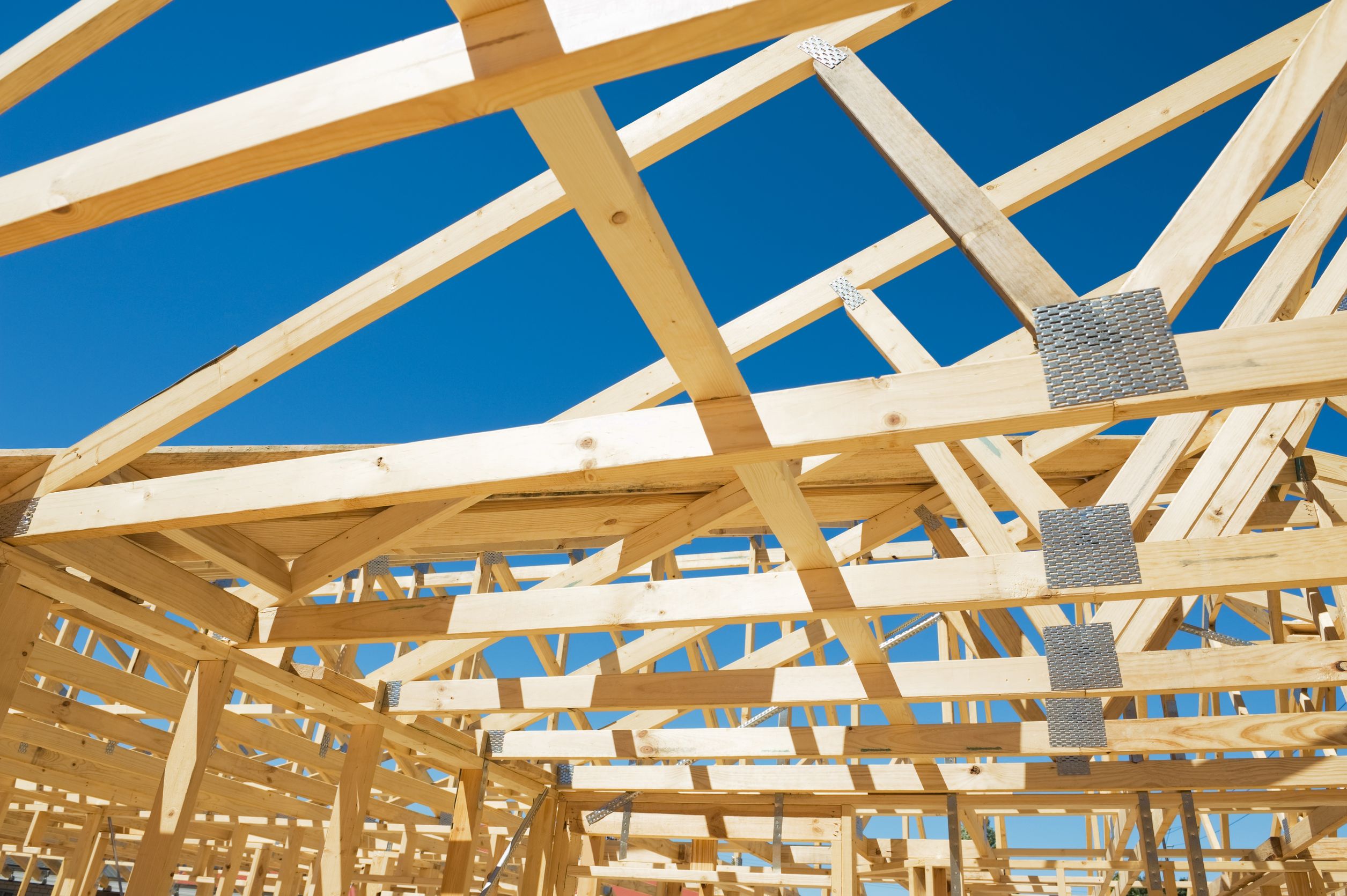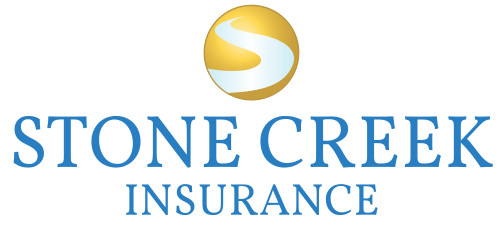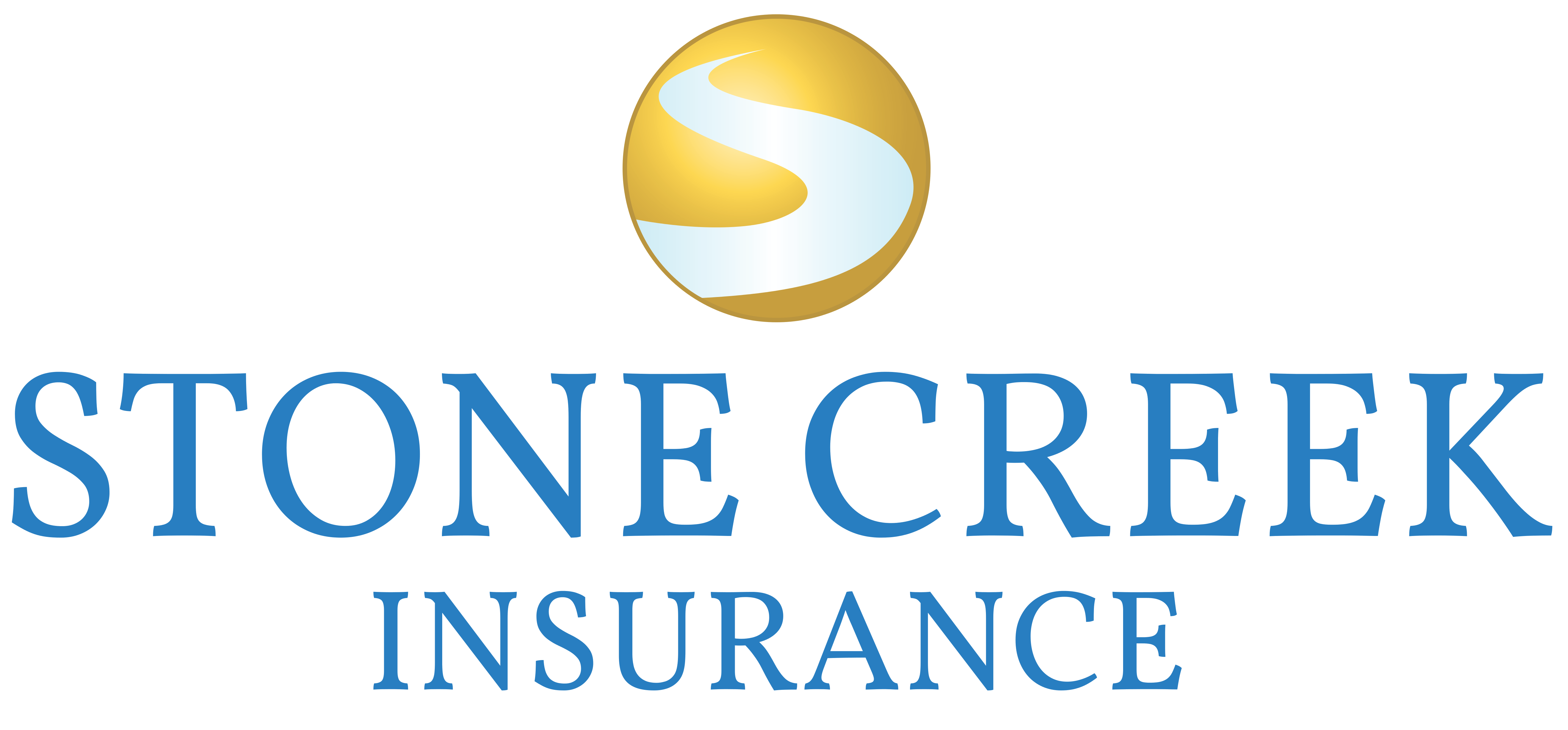
26 Feb Understanding Commercial Property Construction Types – Part 1
Understanding Commercial Property Construction Types
Knowing how your Commercial Property was built is critical to properly evaluating its value, replacement cost, and Insurance needs. There are 6 major construction types that you should be aware of if you are a commercial property owner: Frame Construction, Jointed Masonry, Light Noncombustible, Masonry Noncombustible, Modified Fire Resistive, and Fire Resistive. We will go over each of them to give you a better idea of what kind of property you have.
Understanding Commercial Property Construction Types- Frame Construction
Frame buildings have exterior walls, floors, and roofs made from combustible material, usually wood. Frame Construction is typically seen in residential homes on the west coast, however, there are commercial applications as well. The advantages of frame construction are that they perform well in earthquake zones, are economical, and they tend to be easy to erect and alter. Alternatively, buildings with frame constructions are unstable in fires, and fires can spread rapidly.
Understanding Commercial Property Construction Types- Jointed Masonry
Jointed Masonry buildings that have exterior walls that are masonry or fire-resistive, with combustible floors and roofs. For a building to be considered jointed masonry, the load bearing exterior walls must be construction with masonry or similar fire-resistive materials. Sometimes frame buildings are incorrectly classified as jointed masonry because they
have exterior masonry walls that looks like a jointed masonry building, but don’t actually support the structure. Alternatively, sometimes jointed masonry buildings with a masonry wall and supporting frame made from heavy timber will be classified as frame, when in reality heavy timber is fire-resistive and is therefore is still considered jointed masonry. The advantages of a jointed masonry structure include being harder to ignite, being more structurally stable in a fire, and tend to have a greater
salvage value after a fire.
Understanding Commercial Property Construction Types- Light Noncombustible
Light Noncombustible buildings are built with exterior walls of light metal or other noncombustible material with noncombustible roofs and floors. An small metal barn or shed would be an example of light noncombustible. Light noncombustible buildings are economical to build, easy to erect, and they use materials that do not readily burn.
Alternatively, noncombustible buildings are very unstable under fire conditions as they are often built with steel, which actually deforms and loses strength under high temperatures.
If you would like to learn about the other construction types, check out part two of our construction types blog.
You can also give us a call at 925-297-4829 to learn more.
All information is general in nature and is intended to provide guidance only. It is up to you to request specific coverage options, the agency and agent do not bear this responsibility. Always read the policy if there is a questions about coverage or a claim. If any information herein should conflict with your actual policy’s specific language, the policy language will be controlling.


